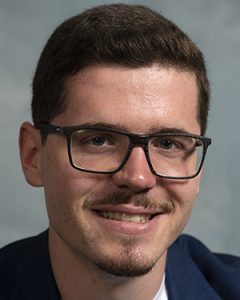
Nejc Kejzar
- Theoretical and Computational methods-masters degree student at Faculty of Science
- Master’s thesis research at MRC Laboratory of Molecular Biology, Cambridge UK, Greger group
“I will be looking into structure-function relationships between AMPA-type glutamate ion channels and their auxiliary regulatory protein gamma-8 using a mixture of biochemistry, cryoelectron microscopy and molecular dynamics simulations. This is super important and exciting, as AMPA receptors are key protein receptors in the brain responsible for learning and memory (and we obviously still have no idea how anything in the brain works).”

Milla Kaidesoja
- Psychology student at Faculty of Medicine.
- Three month internship at Oxford University, UK, Wild group
“I am a Psychology Master’s student and I will conduct my HiLIFE traineeship in Oxford University, mostly at the Oxford Centre for Anxiety Disorders and Trauma. The project focuses on developing and testing a new psychological intervention aiming to prevent post-traumatic stress disorder and depression in paramedics. Getting to participate in the development and evaluation process of a new intervention is very motivating, especially when one gets to work with the leading researchers in the field. I’m highly grateful for this opportunity!”
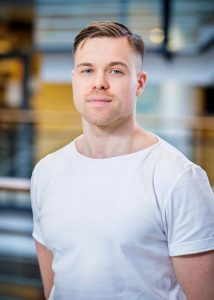
Jani Huuhtanen
- Medical student at Faculty of Medicine
- Three month internship at Stanford University, USA, Davies group
“Research related to PhD thesis at Stanford University, USA, Davis group on understanding causes for response to novel immunotherapy drugs in metastatic melanoma patients using machine learning techniques on next-generation sequencing data.”
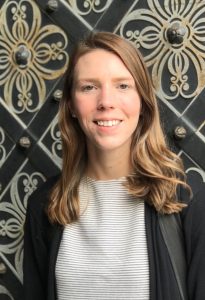
Abigail Dove
- Neuroscience master’s student at Faculty of Biological and Environmental Science
- Master’s thesis research at Karolinska Institutet, Sweden, Xu group

Teemu Kuosmanen
-
Life Science Informatics master’s student at Faculty of Science
-
Master’s thesis research at ETH Zurich, Switzerland, Beerenwinkel group
“I am interested in mathematical oncology and especially applying evolutionary and ecological principles and thinking to cancer. Cancer is a dynamic evolutionary process which implies that all attempts to cure cancer rely on controlling not only the present but also the future cancer population. Integrating clinical data and mathematical modelling in the era of personalized medicine may greatly improve the treatment outcomes via treatment optimization but also help illuminate the underlying cancer biology. “

Maia Moog
- Neuroscience master’s student Faculty of Biological and Environmental Science
- Master’s thesis research at University of California San Francisco, USA, Baraban group
“My research aims to understand the genetic basis for the human forms of epilepsy. Prior to my arrival, 34 lines of zebrafish representing human epilepsy loss-of-function gene mutations will have been generated using CRISPR/Cas9 genome editing. I will be involved in the screening phase of the “Epilepsy Zebrafish Project”, in which I will conduct extracellular field recordings and post hoc genotyping (100 larva/line). The overall goal is to identify zebrafish lines with epileptic phenotypes.
I see the thesis project and the HiLIFE grant as a unique opportunity for me to explore a direction of neuroscience that excites me greatly but is also relatively novel to me. I wanted to choose a field, such as epilepsy, that bridges the gap between clinical medicine and research. It is also exciting that zebrafish may be an avenue for the development of personalized medicine for many forms of epilepsy! “

Jakke Neiro
- Genetics and Molecular Biosciences master’s student at Faculty of Biological and Environmental Science.
- Three month internship at Carnegie Mellon University USA, Hinman group.
“Regeneration is one of the greatest remaining mysteries of biology. Interestingly, regenerative abilities vary widely throughout the animal kingdom, and an evolutionary perspective to regeneration helps us identify the shared mechanisms of this biological feat. Echinoderms display extensive regeneration throughout all life stages, they are feasible to experimental manipulation and relatively closely related to us humans, making them an optimal model system to understand the evolution and limitations of regeneration.
As a part of my internship, I help to revise the genome assembly of the foremost sea urchin model species Strongylocentrotus purpuratus by integrating data generated by multiple sequencing generations and platforms: Sanger, next-generation (NGS) or second-generation technology with short reads, and third-generation techniques with long reads. In other words, I combine sequences into larger and larger units (contigs and scaffolds) by utilizing the wide toolkit of bioinformatic algorithms. Ultimately, the re-assembled genome will provide an useful resource to study regeneration and development in echinoderms.
Most importantly, I think the HiLIFE grant provides an unique opportunity to look and think outside of the Finnish university box. To me it gave the chance to develop my skills in computational biology and encounter the challenges of genomics in exotic non-model organisms. I recommend all eligible to apply in the next round!”
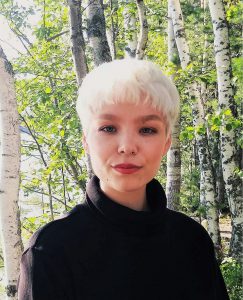
Jemina Huuskonen
- Microbiology and Microbial Biotechnology master’s student at Faculty of Agriculture and Forestry
- Master’s thesis research at ETH Zurich, Switzerland, Hardt group
“I will be studying population dynamics and infection biology of Salmonella enterica serovar Typhimurium. I’m fascinated by host-pathogen interactions as well as the relationship between our microbiota and pathogenic bacteria.
Salmonella is one of the most common pathogens causing diarrhoeal disease and food poisoning globally causing human suffering and major economical losses each year. Even though the infection is usually mild and passes quickly, salmonellosis can be life threatening for individuals belonging to risk groups (infants, elderly, immunocompromised, malnourished and hospitalized). As antimicrobial resistant strains of Salmonella grow more common, understanding the mechanisms Salmonella infection become increasingly important for global health.”
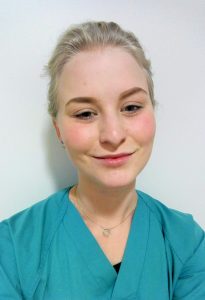
Elina Rantonen
-
Veterinary licentiate student at the Faculty of Veterinary Medicine
-
Licentiate thesis research at Harbour Branch Oceanographic Institute, Fort Pierce, FL, USA, Page-Karjian group
Sea turtle fibropapillomatosis a debilitating disease causing cutaneous and visceral tumor growth in sea turtles. In many previous studies, a herpesvirus species (ChHV-5) has been associated with the tumour growth, but the full pathogenetic mechanisms still remain unknown. In my project, I will be using qPCR molecular techniques to investigate viral loads in the renal tissue of healthy and affected turtles in an effort to better understand the spread and latency patterns of the virus.
Although the disease can affect all sea turtle species, green sea turtles are by far the most touched. Fibropapillomatosis occurences in the species have been characterized to have panzootic proportions, and it has continuously remained the leading reason for green sea turtle strandings in many locations. Green sea turtles are currently classified as endangered in the IUCN red list, and a better understanding of the pathogenesis and epidemiology of this ubiquitous disease is important both for the smart planning of future protection efforts as well as for the rehabilitation centers faced with the care of individual affected turtles. I’m beyond excited to help gather information that might help us better protect these creatures in the future.
